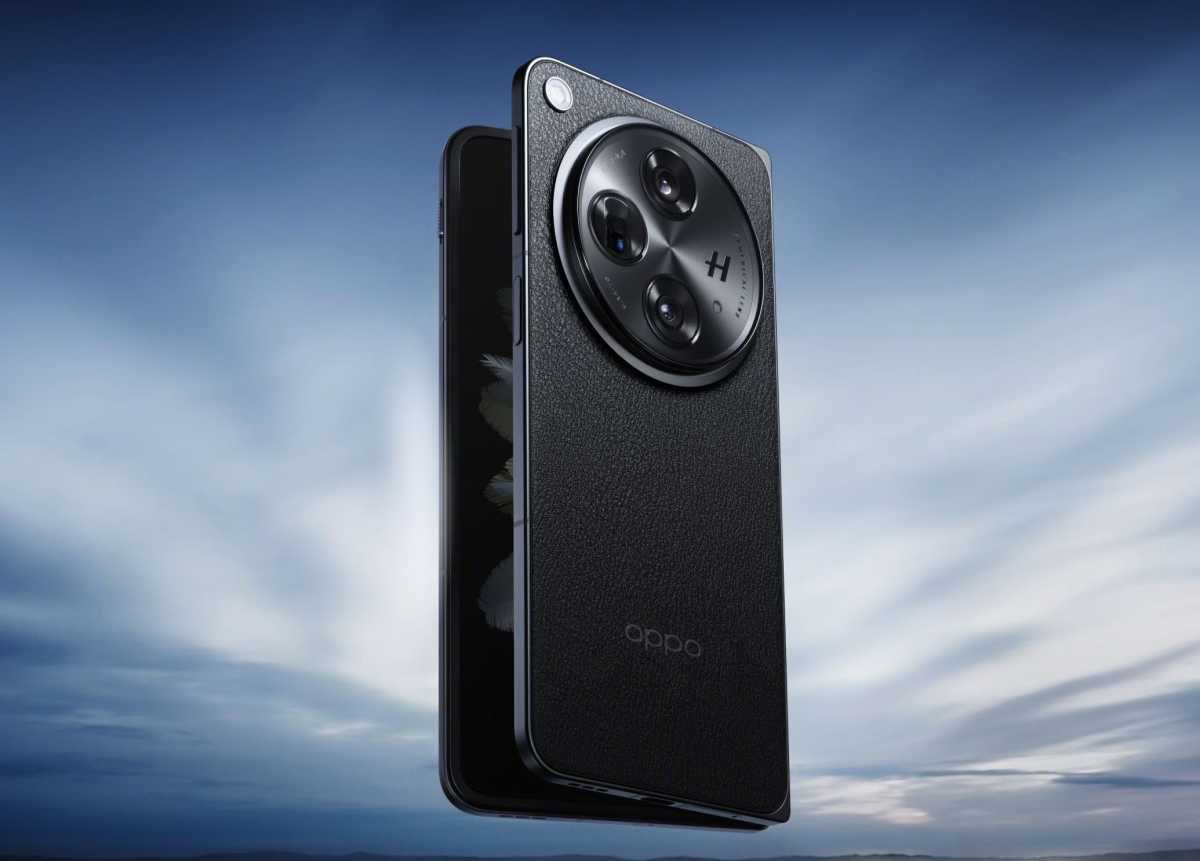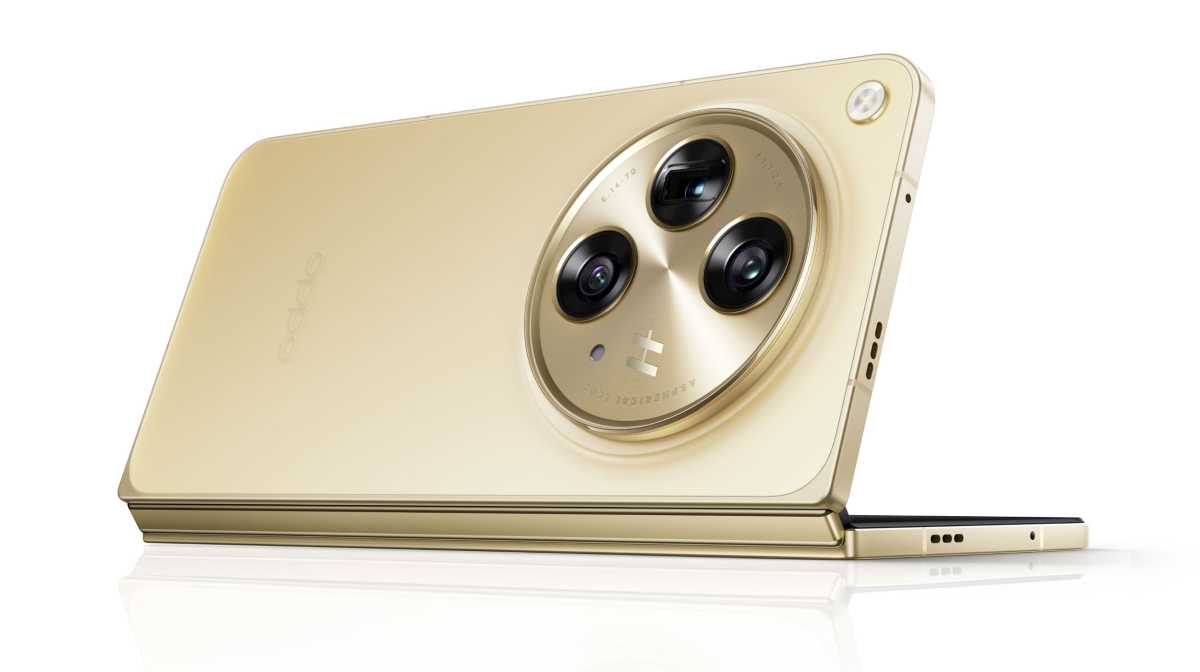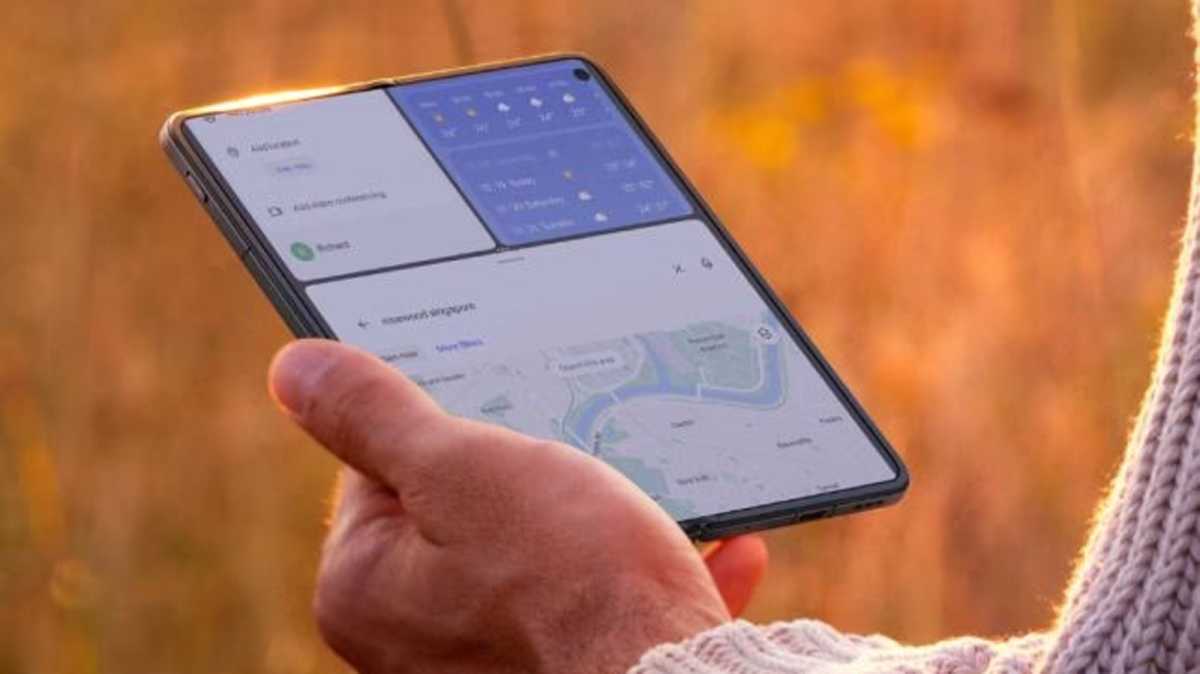Oppo has been challenging Samsung’s dominance in the folding phone market for a while now.
The excellent Oppo Find N2 and Oppo Find N2 Flip devices were direct rivals for the Samsung Galaxy Z Fold 4 and Samsung Galaxy Z Flip 4, although the limited global release for the larger model meant the Korean giant has held its lead so far.
Now, though, the Chinese company has launched the Find N2’s successor, and below you can read everything you need to know about the Oppo Find N3. It is worth saying at the start, though, that the phone is virtually identical to the OnePlus Open. OnePlus is owned by Oppo, so it kind of makes sense, but it’s still odd to be able to buy the same device from two different brands.
When will the Oppo Find N3 be released?
- Pre-orders start 20 October
Oppo didn’t announce an exact release date, saying only that you can pre-order one from 20 October.
Previously Oppo launched its Find N models in December, as you can see from the previous generations:
- Oppo Find N2 – December 2022
- Oppo Find N – December 2021
However, things are different this year because both Oppo and OnePlus announced their new foldable phones virtually simultaneously on Thursday 19 October.
Oppo streamed the launch live and you can re-watch it on Oppo’s YouTube channel.
How much will the Oppo Find N3 cost?
As the company launched the phone in Singapore, it provided pricing only in Singapore dollars where it will cost S$2399. That’s US$1747 and £1438 in the UK. We expect it to cost $1699, as per rumours ahead of the launch, but it’s hard to say what the exact UK price will be until pre-orders are open.
There’s a choice of four colours: Black, Green, Red and Gold. Black and red have a ‘vegan leather’ rear, but Green and Gold feature matt glass. Only the Gold model has a matching camera section.

Oppo
This makes it considerably more than its predecessors:
- Oppo Find N2 (12GB/256GB) – ¥7,999 (roughly $1150/£930)
- Oppo Find N (8GB/256GB) – ¥7,699 (approx. $1210/£910)
If it does cost US$1699, it’ll undercut Samsung and Google’s foldables by $100. You can read our Pixel Fold review for more details on Google’s phone.
What new features does the Oppo Find N3?
If you’ve been following the rumours and leaks, you’ll already know the phone’s design was leaked pretty comprehensively with photos and specs.
These were the real deal: it has larger outer and inner screens, and a triple-rear camera module with a Hasselblad logo.
The new format means it’s much closer to Samsung and Google’s designs, with an outer 6.3-inch OLED screen that has a 20:9 aspect and a resolution of 1116 x 2484 pixels, and a 7.8-inch inner folding display with a resolution of 2268 x 2440.
Those are larger than than the 5.5-inch and 7.1-inch screens of the Find N and N2. Oppo says that while those were more pocketable than other foldables, its users wanted more: the ability to run up to three apps at once and more easily read documents.
Both screens have parity, too: they go up to a peak brightness of 2800 nits, have a refresh rate of 1-120Hz and roughly the same pixel density.
The company says it has added a self-healing layer to smooth out scuffs, and that the Find N3’s unfolded screen is almost crease-free for an uninterrupted view.
Upgraded cameras
The optics in the Find N3 have also had some attention. The triple array comprises a 50-megapixel Sony LYTIA-T808 primary ‘pixel stacked’ sensor, a 48-megapixel ultrawide with a 14mm f/2.2 lens, and a 64-megapixel telephoto camera with a 3x (70mm) stabilised periscope lens. It also supports hybrid digital zoom up to 6x.

Oppo
In terms of selfie cameras, the Find N3 has a 20-megapixel one on the outer display, and 32-megapixel unit in the main inner panel.
New chipset and battery
The last few key specs are the Snapdragon 8 Gen 2 chip, backed up by a whopping 16GB of RAM and 512GB of storage. That’s the only combination available.
The battery capacity is 4800mAh – up from the predecessors – and it supports 67W SUPERVOOC fast charging, not quite the 100W rumours suggested. A 30-minute charge delivers 80% power, and it charges to 100% in just 42 minutes.
One rumour was that the phone would get wireless charging, but sadly that proved untrue.
Boundless View
One of the main software features is ‘Boundless View’. This is an attempt to make multitasking easier and draws from desktop operating system like Windows. When you have two apps open, they can occupy half the screen each. But you can adjust this split-screen view so one app takes up almost the whole screen, leaving a strip of the other so it’s easy to tap on it and switch that one to almost full screen.

Oppo
Using the Global Taskbar – a floating app tray – you can also launch a third app which pushes the other two upwards to still-usable windows, but you can similarly leave only small strips so you can use the full screen (almost) and return to them with a tap.
Oppo Find N3 specs
- Unfolded: 153.4 x 143.1 x 5.9 mm
- Folded: 153.4 x 73.3 x 11.7 mm
- 245g (glass) / 239g ( vegan leather)
- 6.31in 120Hz LTPO AMOLED cover display
- 7.82in 120Hz LTPO AMOLED foldable internal display
- Qualcomm Snapdragon 8 Gen 2
- 16GB RAM
- 512GB storage
- Rear cameras: 48Mp main f.1.7, 64Mp f/2.6 3x telephoto, 48Mp f/2.2 114° ultra-wide
- 32Mp f/2.4 inner selfie camera
- 20Mp f/2.2 cover selfie camera
- Up to 4K video recording
- 4805mAh battery with 67W charging
- Side-mounted fingerprint scanner
- Wi-Fi 7
- Bluetooth 5.3
- 5G
- NFC
If the Find N3 – and OnePlus Open – are too expensive for you, then take a look at our recommendations of the best Android phones and best phones coming in 2023.
